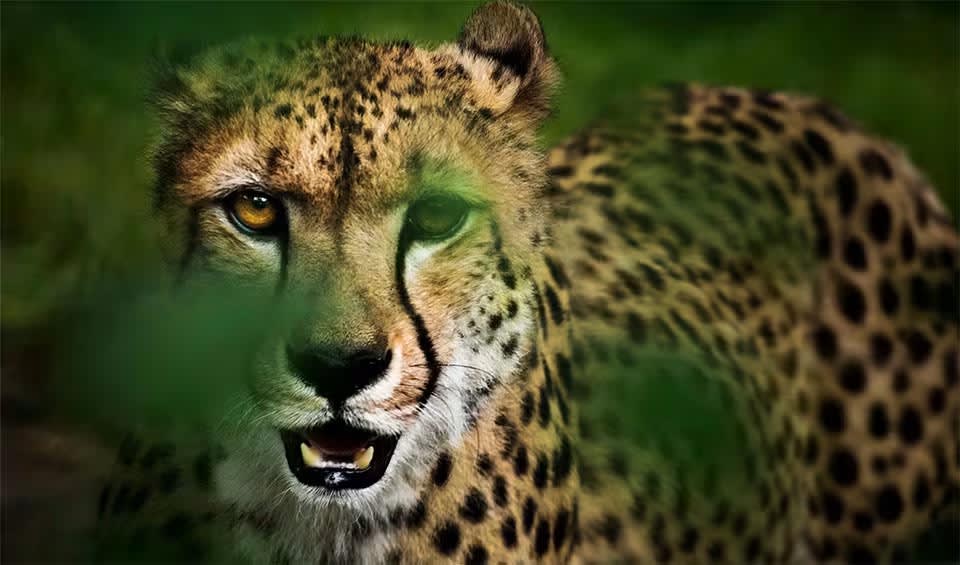This tiny chameleon is mainly found in the mistbelt forests and grasslands of the KwaZulu-Natal Midlands. This species is especially known for its striking green body, which is often patterned with vivid splashes of yellow, blue, orange, or even pink, depending on its mood or environment. Unlike some other dwarf chameleons that stick to more muted tones, the Natal Midlands dwarf chameleon is truly eye-catching, especially when males display their brightest colors during territorial disputes or when attracting a mate. They also have small helmet-like crests on their heads and tiny throat spines, which add to their distinctive appearance.
Like all chameleons, this species has independently rotating eyes, allowing it to scan its surroundings for food or threats without moving its body. Its prehensile tail acts like a fifth limb, helping it balance and grip onto branches as it carefully moves through the vegetation. The Natal Midlands dwarf chameleon is most often found in patches of indigenous forest, dense hedgerows, or overgrown gardens. It tends to favor cooler, wetter areas with plenty of cover, where it can easily hunt insects like crickets, flies, and beetles with its long, sticky tongue. Their slow, swaying walk is not just a quirky trait; it’s a clever survival tactic that makes them look like leaves swaying in the wind, helping them avoid being spotted by predators such as snakes or birds of prey.
A fun and fascinating fact about the Natal Midlands dwarf chameleon is that it gives birth to live young. Instead of laying eggs, the female will give birth to tiny, fully developed baby chameleons ready to fend for themselves from day one. Another interesting quirk is how each chameleon’s coloration and pattern can be unique, almost like a fingerprint, which helps researchers tell individuals apart in the wild.
Distribution
 South Africa
South AfricaAnything we've missed?
Help us improve this page by suggesting edits. Glory never dies!
Suggest an editGet to know me
Terrestrial / Aquatic
Altricial / Precocial
Polygamous / Monogamous
Dimorphic (size) / Monomorphic
Active: Diurnal / Nocturnal
Social behavior: Solitary / Pack / Herd
Diet: Carnivore / Herbivore / Omnivore / Piscivorous / Insectivore
Migratory: Yes / No
Domesticated: Yes / No
Dangerous: Yes / No




